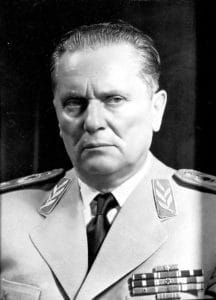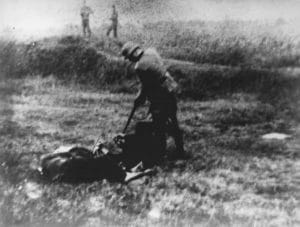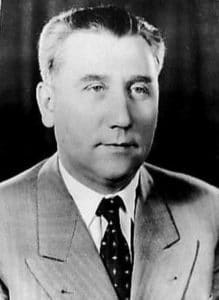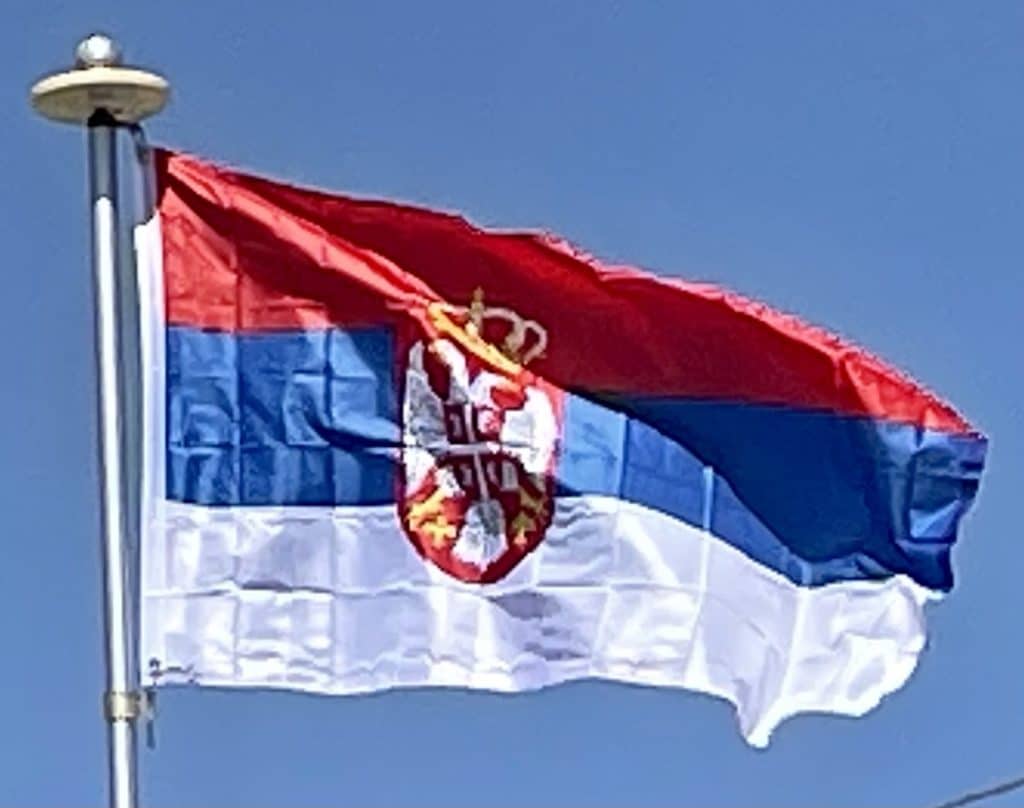The Yugoslav territory was the scene of a civil war between royalist Chetniks commanded by Draža Mihailović and communist partisans commanded by Josip Broz Tito.

Axis auxiliary units of the Serbian Volunteer Corps and the Serbian State Guard fought against both of these forces. Siege of Kraljevo was a major battle of the Uprising in Serbia, led by Chetnik forces against the Nazis. Several days after the battle began the German forces committed a massacre of approximately 2,000 civilians in an event known as the Kraljevo massacre, in a reprisal for the attack. Draginac and Loznica massacre of 2,950 villagers in Western Serbia in 1941 was the first large execution of civilians in occupied Serbia by Germans, with Kragujevac massacre and Novi Sad Raid of Jews and Serbs by Hungarian fascists being the most notorious, with over 3,000 victims in each case. After one year of occupation, around 16,000 Serbian Jews were murdered in the area, or around 90% of its pre-war Jewish population during The Holocaust in Serbia. Many concentration camps were established across the area. Banjica concentration camp was the largest concentration camp and jointly run by the German army and Nedić’s regime, with primary victims being Serbian Jews, Roma, and Serb political prisoners.

During this period, hundreds of thousands of ethnic Serbs fled the Axis puppet state known as the Independent State of Croatia and sought refuge in German-occupied Serbia, seeking to escape the large-scale persecution and genocide of Serbs, Jews, and Roma being committed by the Ustaše regime.
According to Josip Broz Tito himself, Serbs made up the vast majority of Anti-fascist fighters and Yugoslav Partisans for the whole course of World War II.A study by Vladimir Žerjavić estimates total war related deaths in Yugoslavia at 1,027,000, including 273,000 in Serbia. The Ustaše regime committed the Genocide of Serbs and systematically murdered approximately 300,000 to 500,000 Serbs.
The victory of the Communist Partisans resulted in the abolition of the monarchy and a subsequent constitutional referendum. A one-party state was soon established in Yugoslavia by the Communist Party of Yugoslavia. It is claimed between 60,000 and 70,000 people died in Serbia during the 1944–45 communist takeover and purge. All opposition was suppressed and people deemed to be promoting opposition to socialism or promoting separatism were imprisoned or executed for sedition. Serbia became a constituent republic within the SFRY known as the Socialist Republic of Serbia, and had a republic-branch of the federal communist party, the League of Communists of Serbia.
Serbia’s most powerful and influential politician in Tito-era Yugoslavia was Aleksandar Ranković, one of the “big four” Yugoslav leaders, alongside Tito, Edvard Kardelj, and Milovan Đilas.

Ranković was later removed from the office because of the disagreements regarding Kosovo’s nomenklatura and the unity of Serbia. Ranković’s dismissal was highly unpopular among Serbs. Pro-decentralization reformers in Yugoslavia succeeded in the late 1960s in attaining substantial decentralization of powers, creating substantial autonomy in Kosovo and Vojvodina, and recognizing a distinctive “Muslim” nationality. As a result of these reforms, there was a massive overhaul of Kosovo’s nomenklatura and police, that shifted from being Serb-dominated to ethnic Albanian-dominated through firing Serbs on a large scale. Further concessions were made to the ethnic Albanians of Kosovo in response to unrest, including the creation of the University of Pristina as an Albanian language institution. These changes created widespread fear among Serbs of being treated as second-class citizens.
